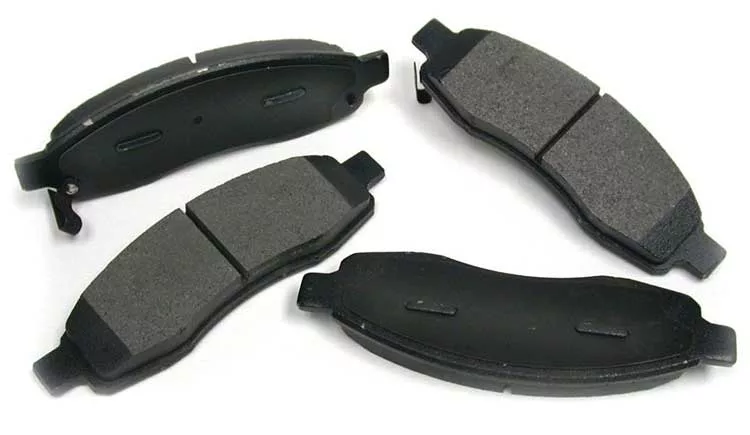The life of your brake pads may be affected by a number of factors. Your own driving style, the weather, and the vehicle’s mileage and condition might all have a factor. Producers may take a cue from a standard set of suggestions that apply everywhere from 30,000 to 70,000 feet. Depending on different factors created by ordinary driving, pad life may range from an impressive 100,000 miles down to a measly 100 miles.
Determine the many varieties of brake pads
In order to find suitable replacements, you must first know which of the four main types of brake pad your vehicle utilizes. Seek professional guidance if you need help interpreting your observations.
Semi-metallic substance brake pads
Semi-metal brake pads, which include between 35% and 65% metal, endure a long period and conduct heat well. However, they may be very noisy, destructive to the rotors, and poor performers in the colder months.
NAO or Organic, does not include asbestos in its production
Being constructed of fibrous materials such as rubber, carbon, or glass, these pads are quieter than their semi-metallic counterparts. Their greater flexibility, however, also renders them more vulnerable to wear and dust buildup.
NAO, a non-metallic amino acid
Organic materials containing a little quantity of copper, are often used because of the benefits of heat transfer and stop times. These pads are effective, however, they create additional noise and dust when combined with metal. These ceramic fiber brake pads are among the most efficient available. They don’t create much of a racket, are gentle on the blades, and don’t leave much debris. Of course, there’s also the reality that they’ll inevitably set you back more cash.
Sometimes upgraded brake pads are an option. However, you should definitely see a mechanic to make sure your car is in excellent repair.
I need to know what size brake pads to get, if possible
Knowing the many varieties of this product that might be used is a good place to start. The next thing you need to do is choose the pad that works best with your vehicle. If you use the wrong pad, you might do some significant harm. The sort of vehicle being driven is a major factor in deciding the qualities of the brake pads to be used.
Lighter-than-average-curb-weight vehicles
A smaller vehicle requires less force to stop. Organic brake pads may provide enough stopping power with little noise and expense. The one potential downside is that brake dust might accumulate, requiring periodic replacement of the ceramic brake pads.
Average-sized automobiles
To stop a heavier car, you’ll need stronger brakes. Even though it might make things louder, it’s best to use an NAO that doesn’t have as much metal in it. Ceramic pads, albeit costlier, may also be effective.
In what time frame should I change my brake pads?
While the aforementioned guidelines for each category of vehicle should serve as a foundation, there are other considerations to keep in mind. To get the right brake pad, it’s typical to have to give something up. Even if it is the cleanest and quietest pad, it may not provide the best braking performance. Brake noise may be reduced by using softer pads, but this will result in more frequent pad replacements as the rotors deteriorate.
The stopping ability of a single kind of brake pad is insufficient for all vehicles. In order to avoid disclosing their secret recipes, makers of brake pads often provide many pad options for each model of vehicle. Don’t be fooled by the seeming simplicity of picking between “good,” “better,” and “best.” If your driving habits don’t match the performance of the brake pads, then not even the most expensive ones on the market can safeguard you and your passengers. First, consider the routes you normally go and the average cargo your vehicle carries, and if at all feasible, seek the advice of a professional.

